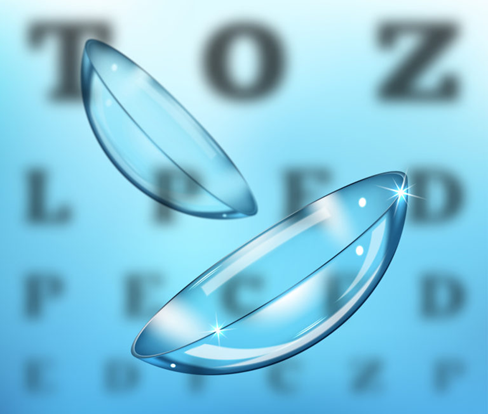Professional guidelines for use of contact lens among children
Introduction In today’s world, vision correction has become an essential part of pediatric eye care. As the number of children diagnosed with refractive errors like myopia (nearsightedness) continues to rise,…










